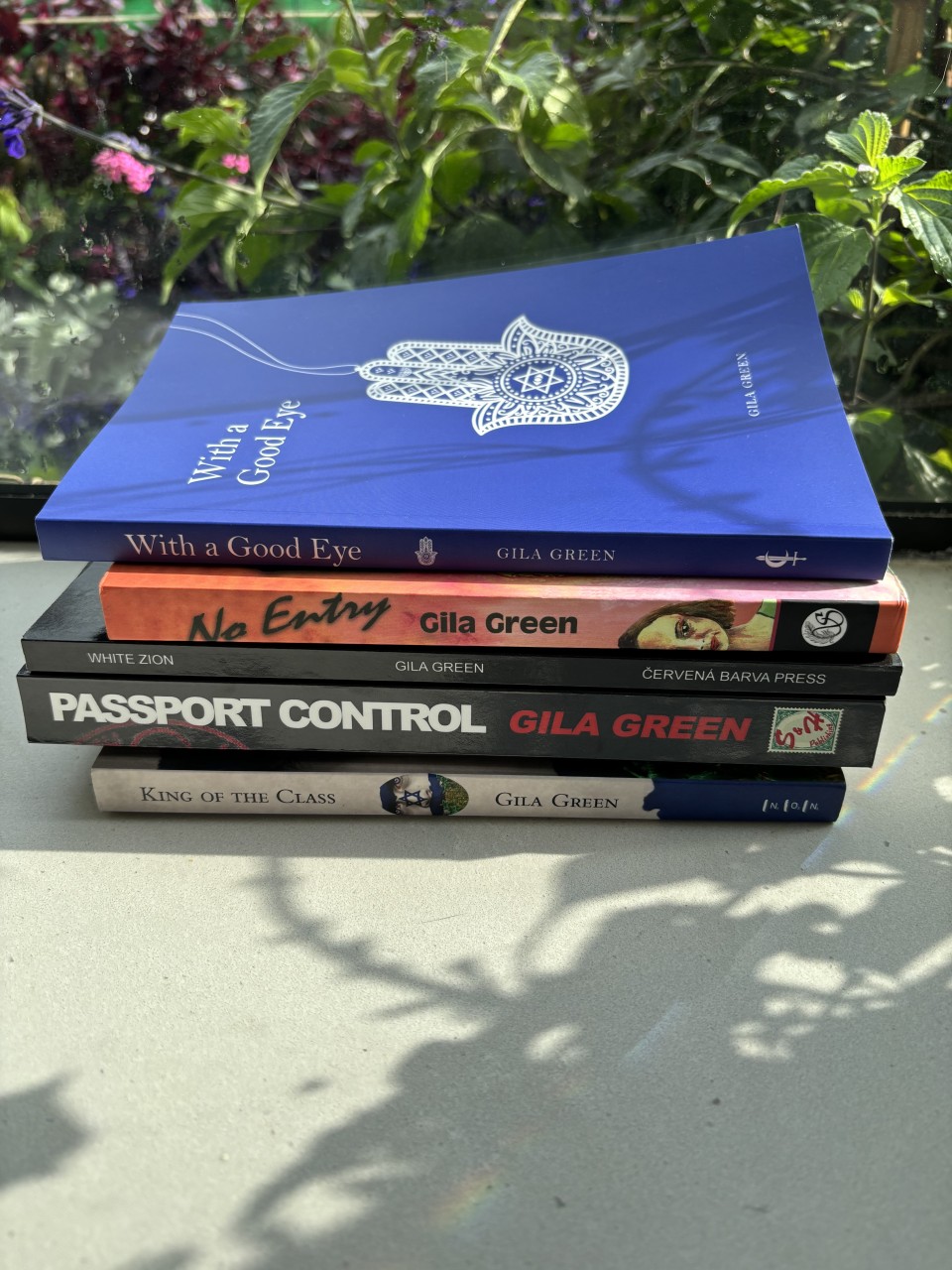The Impact of Genre on Editing Approaches: Tailoring Your Editing Process to Fit Your Story
In this post, we'll explore the importance of tailoring your editing approach to fit the specific demands of your chosen genre.
When it comes to editing, one size does not fit all. Each genre comes with its own set of conventions, expectations, and unique challenges. Understanding how the nuances of different genres affect the editing process is crucial for ensuring that your manuscript shines in its intended market. In this post, we'll explore the importance of tailoring your editing approach to fit the specific demands of your chosen genre.
1. Pacing in Thrillers:Thrillers thrive on suspense and momentum. A slow pace can deflate the tension, so when editing a thriller, pay close attention to pacing. Ensure that every scene serves a purpose, propelling the narrative forward and maintaining the reader's edge-of-the-seat engagement.
2. World-Building in Fantasy:Fantasy worlds are intricate and immersive, demanding careful attention to detail. During the editing process, evaluate the consistency of your world-building. Check for any discrepancies in the rules of magic, geography, or cultural nuances. A well-crafted fantasy world should feel cohesive and fully realized.
3. Character Development in Romance:Romance novels often hinge on the emotional journeys of the characters. When editing in this genre, focus on the depth of your characters. Ensure that their motivations are clear, their growth is compelling, and their relationships are authentic. Readers of romance crave a strong emotional connection to the characters.
4. Mystery: Untangling Plot Threads:Mysteries demand a careful unraveling of plot threads. During editing, scrutinize the clues and red herrings. Make sure that the mystery is solvable, but not too easily so. A well-edited mystery keeps readers guessing until the final revelation, rewarding them for their detective skills.
5. Historical Accuracy in Historical Fiction:For historical fiction, authenticity is key. Editors need to be meticulous about historical accuracy during the editing process. Check for anachronisms, ensure language and customs align with the time period, and confirm that the setting is vividly and accurately portrayed.
6. Humor in Comedy:Comedic timing is a craft that extends to the editing phase in humor writing. Ensure that punchlines land at just the right moment and that the overall pacing of the narrative allows for comedic beats. Editing for humor requires a keen sense of timing and an understanding of the audience's expectations for the genre.
7. Atmosphere in Horror:Horror relies heavily on atmosphere and mood. When editing a horror novel, consider the tone and atmosphere of each scene. Evaluate the pacing of your scares, ensuring that the tension builds effectively. The editing process is your opportunity to fine-tune the reader's emotional experience.
8. Plot Complexity in Science Fiction:Science fiction often involves intricate plots and speculative concepts. During editing, focus on clarity without sacrificing complexity. Ensure that the speculative elements are well-explained and that the plot twists are satisfyingly complex but not convoluted.
9. Young Adult (YA) Accessibility:YA novels need to resonate with a younger audience. During the editing phase, pay attention to language, pacing, and relatability. Ensure that the themes are relevant to the target age group and that the narrative is accessible without talking down to the readers.
10. Balancing Subplots in Contemporary Fiction:Contemporary fiction often weaves multiple subplots into the narrative. While editing, assess the balance of these subplots. Ensure that each subplot enhances the overall story and that none overshadow the central theme. A well-edited contemporary novel seamlessly integrates these narrative threads.
In conclusion, the genre of your manuscript should shape your editing approach. Embrace the unique demands of your chosen genre and tailor your editing process to enhance the strengths that readers of that genre expect. By doing so, you'll ensure that your final manuscript resonates with its intended audience and stands out in the literary landscape.
When you subscribe to the blog, we will send you an e-mail when there are new updates on the site so you wouldn't miss them.


Comments